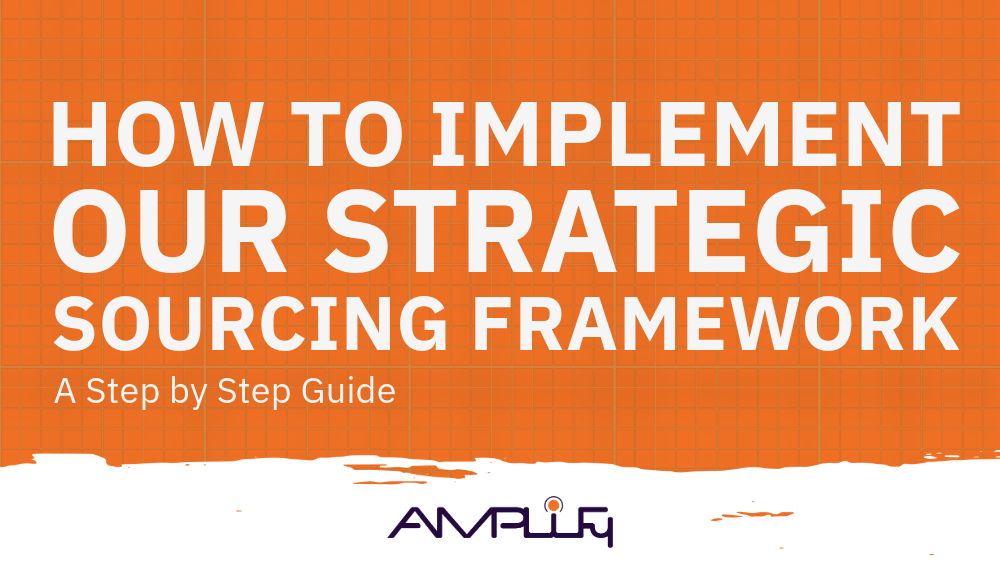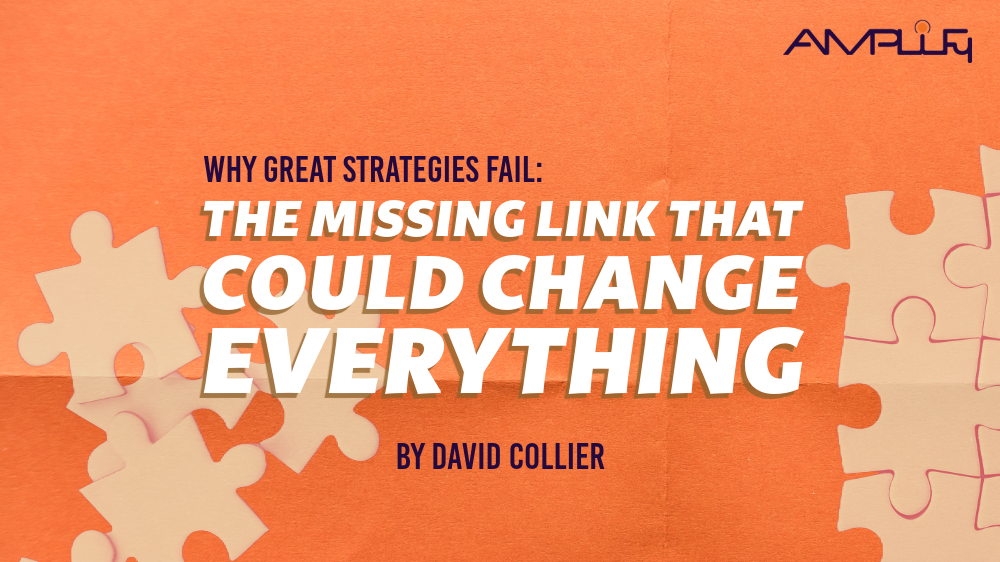The Keys to Successful Digital Transformation
Digital transformation has become an imperative for organizations striving to remain competitive. But the journey towards digital transformation is not without its challenges, and one of the most significant hurdles lies in effective change management. At Amplify Resources Group, we understand that embracing change is crucial for long-term survival, especially as technology continues to advance with machine learning, artificial intelligence, and other innovations.
Change management is the systematic approach to guiding an organization through the evolution and transition of policies, systems, or goals. It involves formulating strategies that ensure a smooth transition and minimize potential disruptions. Effective change management takes into account various aspects to optimize the impact of change before it's implemented, such as communication strategies, employee engagement plans, training initiatives, and progress tracking mechanisms.
When change is mishandled, organizations may face severe consequences. Communication breakdowns can lead to employee frustration and a sense of disempowerment, as they feel their input is irrelevant. Employee disengagement can arise when businesses fail to consider how changes will affect their workforce, leading to a perception of inconsiderate management and a disconnect from company culture.
Resistance to future changes can stem from negative past experiences, where employees become hesitant to trust leadership, resulting in negative behaviors and poor performance. Ultimately, a lack of proper change management can lead to lowered productivity, as employees struggle to adapt to new tools or processes without adequate training and support.
Traditional change management methods, which aim to transition an organization from one steady state to another, are often inadequate in the context of digital transformation. The goal of digital transformation is to create a more adaptive, creative, and resilient organization, where change is constant and ongoing. This requires a fundamental shift in mindset and approach.
At Amplify Resources Group, we believe that embracing the following realities is crucial for successful digital transformation:
Continuous Adaptation: There is no finish line where change stops and a new, stable normal begins. Organizations must embrace the mindset of continuous adaptation and foster a culture of agility, where change is welcomed and integrated into the very fabric of the organization.
Open Communication: Addressing the potential downsides and challenges of transformation is essential for building trust and employee buy-in. Transparent communication about the benefits as well as the potential drawbacks, such as skill obsolescence, team restructuring, or layoffs, is key to maintaining credibility and gaining genuine support.
Aligned Incentives: Organizational incentives and performance measurement systems must be adjusted to reinforce the desired behaviors and changes, promoting the adoption of new processes and capabilities. If incentives remain unchanged, employees will likely revert to old habits and routines, undermining the transformation efforts.
Active Listening: Successful transformation leaders listen more and talk less, targeting their communication strategy towards the specific concerns identified through active listening. Instead of relying on one-way, repetitive outbound communication, leaders should strive to understand the unique perspectives and challenges faced by different stakeholder groups.
Empowered Middle Management: Middle management plays a crucial role in driving and contextualizing the transformation within their teams. Providing them with the necessary information, tools, and support empowers them to be effective change leaders and facilitators within their respective areas of responsibility.
At Amplify Resources Group, we recognize that change is not a problem to overcome but a skill to develop. Our approach to change management encompasses the following steps:
Emphasizing Benefits: We help organizations communicate the personal and business benefits of change, addressing the "what's in it for me" question for employees. By highlighting how the transformation will positively impact individuals, we foster buy-in and mitigate resistance.
Understanding Resistance: By identifying the root causes of resistance through active listening and feedback gathering, we can develop targeted strategies to address and overcome these barriers. Our consultants work closely with clients to understand the unique concerns and challenges faced by different stakeholder groups.
Clear Communication: We facilitate frequent, transparent, and clear communication with stakeholders at all levels of the organization. Regular updates, town hall meetings, and open feedback channels ensure that everyone remains informed and engaged throughout the transformation process.
Fostering Collaboration: Our approach encourages teamwork, open communication, and a willingness to share ideas, fostering a collaborative culture. Cross-functional teams and interdepartmental collaboration promote a shared understanding and collective ownership of the transformation goals.
Empowering Employees: We provide employees with the tools, resources, and autonomy they need to take ownership of the change process. By involving them in decision-making and encouraging their input, we cultivate a sense of empowerment and commitment to the transformation journey.
Adequate Training: Ongoing training and support ensure that employees feel confident and comfortable with new technologies and processes. Our comprehensive training programs are tailored to address the specific skill gaps and learning needs within the organization.
Addressing Concerns: We maintain an open dialogue to address concerns and answer questions, adjusting the plan as needed based on feedback. Our consultants act as facilitators, ensuring that employees' voices are heard and their concerns are addressed in a timely and transparent manner.
Roadmap Creation: By developing a clear roadmap outlining the steps and timeline for change, we provide stakeholders with a shared understanding of what to expect. This roadmap serves as a guiding framework, allowing for flexibility and adjustments as the transformation progresses.
Progress Measurement: Establishing metrics and regularly evaluating progress against them allows us to track the success of the change management initiative. Key performance indicators (KPIs) are carefully selected to measure the impact of the transformation on various aspects of the business, such as operational efficiency, customer satisfaction, and employee engagement.
Celebrating Successes: Recognizing and rewarding milestones along the way helps maintain momentum and motivate employees throughout the change process. Celebrating small wins and acknowledging the efforts of individuals and teams who embrace the transformation reinforces positive behavior and encourages continued commitment.
We understand the complexities and challenges of change management in the context of digital transformation. Our team of experienced consultants and domain experts brings a deep understanding of organizational dynamics, change management principles, and digital transformation strategies. We work closely with clients to gain a comprehensive understanding of their unique situations, challenges, and goals.
Our approach is tailored to each client's specific needs, leveraging proven methodologies and best practices while remaining flexible and adaptable. We believe in co-creating solutions with our clients, fostering a collaborative partnership that ensures a seamless integration of change management strategies into their digital transformation initiatives.
If you're facing challenges in your digital transformation journey, don't hesitate to reach out to us.
We'll work with you to understand where you're stuck, identify the roadblocks hindering your progress, and provide tailored solutions to help you navigate the complexities of change management. Together, we'll craft a comprehensive plan that empowers your organization to embrace change, cultivate a culture of agility, and achieve sustainable transformation success.
Ask us: experts@amprg.com
Sources:




